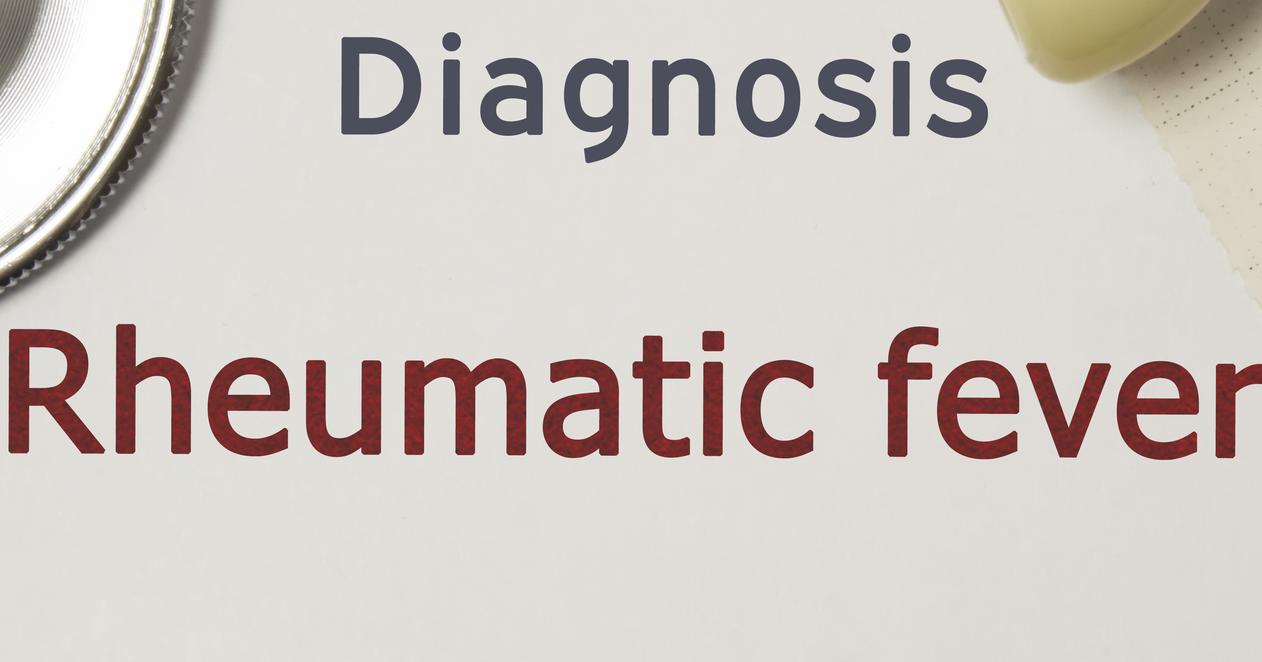Guide To The Risk Factors And Causes Of Sydenham's Chorea
Sydenham's chorea is a childhood neurological disorder where an individual exhibits involuntary and abnormal movements along with other symptoms as a complication of a recent group A beta-hemolytic streptococcus bacterial infection. Symptoms include involuntary rapid and aimless movements in the trunk, legs, arms, and facial muscles, as well as slurred speech, emotional instability, halting gait, repetitive grimacing, muscular weakness, frequent falls, stumbling, problems concentrating, inability to write, uncoordinated movements, and abnormal writhing movements. Sydenham's chorea is diagnosed with the use of physical examination, blood testing for streptococcal antibodies, and MRI imaging to rule out other possible causes of the individual's symptoms. Treatment for Sydenham's chorea includes antibiotics to eliminate the infection from the body, medications to suppress the chorea symptoms, and medications to reduce the activity of the immune system.
Sydenham's chorea has several causes and risk factors. Learn about them now.
Rheumatic Fever

Many Sydenham's chorea patients develop the disorder following an infection caused by group A streptococcus bacteria. Group A streptococcus bacteria is a gram-positive type of bacteria that can cause strep throat and scarlet fever. Rheumatic fever is an illness that develops between one and five weeks following strep throat or scarlet fever, and it is the result of an inappropriate immune system response. Rheumatic fever produces symptoms such as fever, arthritis, congestive heart failure, fatigue, chorea, nodules under the skin, pink ring rash, heart murmur, and fluid accumulation around the heart. Because rheumatic fever is caused by group A streptococcus bacteria, these patients are at a higher risk of developing Sydenham's chorea than someone healthy. When the body detects the streptococcus bacteria, the immune system produces many polyreactive antibodies to eliminate it. However, these antibodies also mistakenly recognize antigens on healthy neuronal cells in the body that are similar to those of the streptococcus bacteria. This mimicry causes the immune system to attack healthy neurons inappropriately, causing the patient to develop Sydenham's chorea.
Uncover more causes and risk factors for Sydenham's chorea now.
Strep Throat

An individual who has recently had strep throat is at a higher risk of developing Sydenham's chorea then someone who has not. Strep throat is an infection by group A streptococcus bacteria that produces pain and inflammation in the throat. It develops between one and five days following the individual's first exposure to the bacteria. Resolution with treatment may be a week, while untreated strep throat may take longer to resolve. The patient may go into a period of no symptoms for one to five weeks before they develop a post-infection illness called acute rheumatic fever. Sydenham's chorea is considered a delayed complication that occurs as a result of rheumatic fever. Individuals affected by rheumatic fever are at an even greater risk of developing Sydenham's chorea because it is the illness that precipitates it. Sydenham's chorea can develop as long as twelve months following the patient's initial strep throat infection. The average time frame between the strep throat and Sydenham's chorea is eight to nine weeks.
Continue reading to reveal more risk factors for developing Sydenham's chorea now.
Autoimmune Condition Connection

An individual who develops Sydenham's chorea may also have an autoimmune condition. Sydenham's chorea occurs when the immune system in an individual's body attacks the neurons that control their movement. Systemic lupus erythematosus (SLE) and several other autoimmune disorders also occur when the immune system inappropriately and abnormally attacks healthy cells around the body. Most autoimmune disorders like SLE occur because of a genetic predisposition in combination with environmental factors that produce abnormalities in the immune system. An individual with an autoimmune condition who contracts an infection that has been caused by group A streptococcus bacteria is at a greater risk of developing rheumatic fever and Sydenham's chorea because they already have pre-existing abnormalities in their immune system. When the immune system responds in the same abnormal way to antigens on the neurons that are similar to those associated with the streptococcus bacteria, the patient will develop Sydenham's chorea.
DIscover additional Sydenham's chorea risk factors now.
Children Are Most At Risk

Out of all cases of chorea in children, Sydenham's chorea is the most prevalent precipitating form. The increased risk of Sydenham's chorea in children and adolescents is mostly attributed to the increased prevalence of infections caused by group A streptococcus bacteria that can be easily spread from one individual to the next in daycare, preschool, and school settings. Streptococcus bacteria is a very resilient type of bacteria that can survive for long periods on certain surfaces like toys, doorknobs, and other furniture. Therefore, children and adolescents are more likely to contract these infections than individuals of other age groups. As a result of this age group having more strep throat and other streptococcus infections, the rate of acute rheumatic fever following the infection is greater. Acute rheumatic fever due to a streptococcus infection is highest among children between ages five and fifteen years old. There is also a greater prevalence of rheumatic fever in children of lower-income demographics because the post-infection illness is more likely to develop in individuals who did not receive adequate medical treatment for the infection. Sydenham's chorea occurs as a complication of rheumatic fever, therefore it is also more prevalent among children.
Read more about the risk factors linked to Sydenham's chorea now.
Geographic Location

An individual's geographic location can put them at a higher risk of developing rheumatic fever-precipitated Sydenham's chorea. Over the past half-century, the prevalence of Sydenham's chorea and rheumatic fever has dramatically declined in Western Europe and the United States. This decline is a result of improved socioeconomic conditions in these regions, where between 300,000 and 500,000 new cases of rheumatic fever are diagnosed each year worldwide. The prevalence of rheumatic fever is as great as three to five hundred cases for every 100,000 children in areas of hyperendemicity, including the indigenous populations in New Zealand and Australia. The rate of Sydenham's chorea and rheumatic fever is disproportionately high in developing countries with large populations affected by malnutrition and poorer socioeconomic status. Unlike previous centuries, rheumatic fever and Sydenham's chorea are diseases that occur because of poverty and crowding instead of other factors in the 21st century.